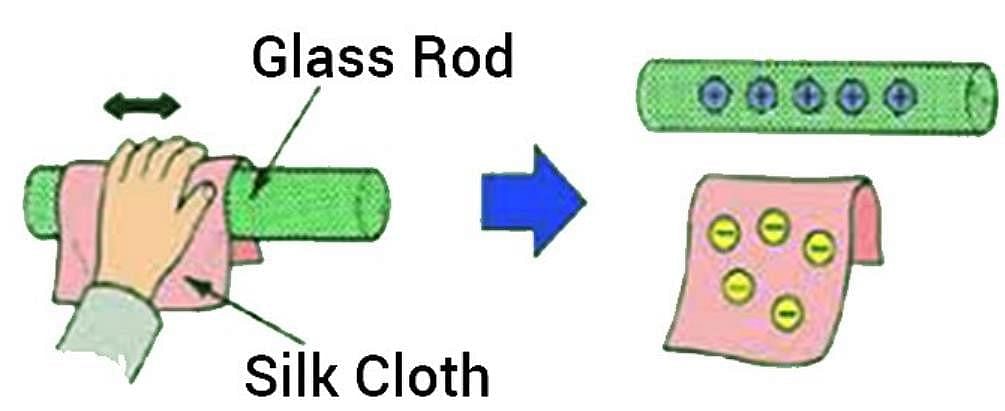Test: Electric Charge - NEET MCQ
20 Questions MCQ Test Physics Class 12 - Test: Electric Charge
A material in which electrons are tightly bound and cannot move freely at room temperature is called _________.
According to the principle of conservation of charge, in closed system:
| 1 Crore+ students have signed up on EduRev. Have you? Download the App |
When a glass rod is rubbed with silk, it becomes positively charged because:
Which of the following methods can be used to charge a metal sphere positively without touching it? Choose the best possible option:
If an object is positively charged, theoretically the mass of the object ______.
To make an uncharged object to have a negative charge we must:
When conductors are placed in an electric field, their electrons are moved:
When a hard rubber rod is given a negative charge by rubbing it with wool:
The value of charge on a body which carries 30 excess electrons is:
The total negative charge in 1 mol of helium (atomic number 2, atomic mass 4) is:
Name the physical quantity whose S.I. unit is JC-1. Is it a scalar or a vector quantity?
A silk cloth rubbed with a glass rod acquire a charge (-1.6 x 10-19) C. Then the charge on the glass rod is:
|
98 videos|387 docs|104 tests
|


















